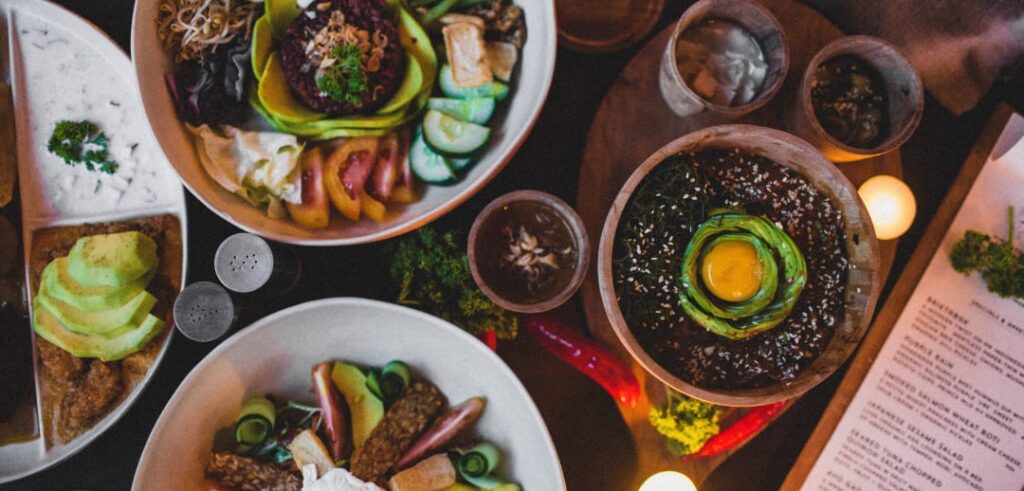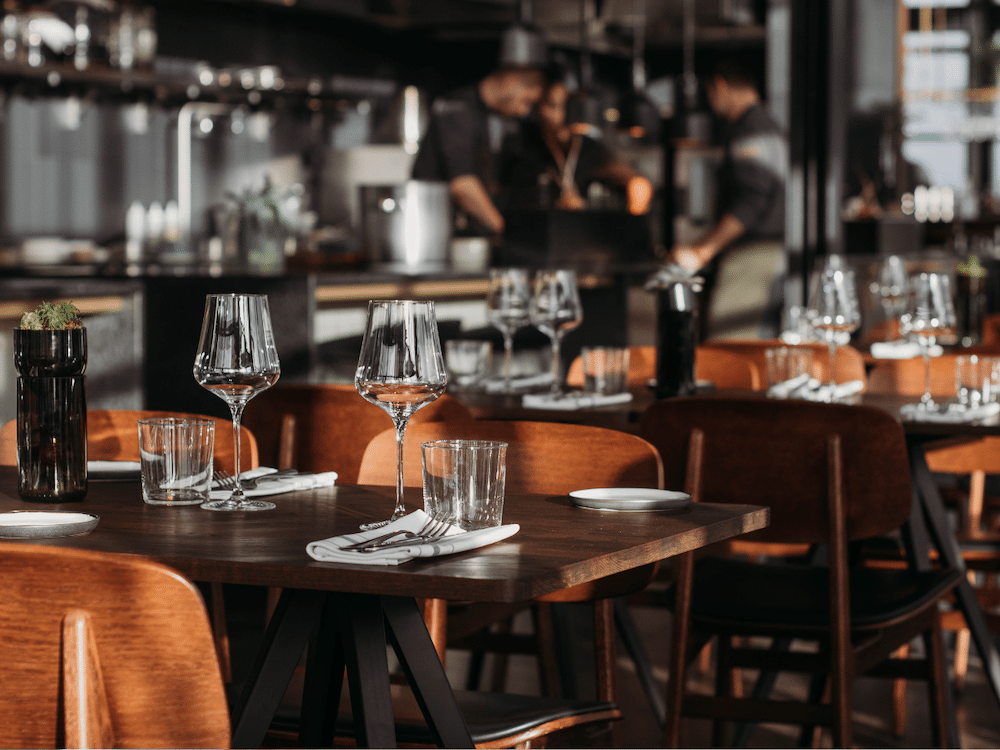Strategic menu planning has always been crucial to a restaurant’s success. And amid today’s soaring food and labor costs, intentionality about every single dish – and every single price that’s attached – is even more important.
Back of House sat down with industry experts including Morgan Harris, Co-Founder and Chief Customer Advocate at Restaurant365, for insights on the basic components of menu engineering to maximize profits and set you up for success.
Analyze Your Sales Reports & Menu Mix (PMIX)
A menu mix, also known as a product mix or PMIX, serves as a natural place to start examining your menu. A PMIX allows you to map out the profitability of each menu item versus the popularity of each item, in a single matrix.
If you’re using a restaurant management software, it likely will create this PMIX for you, or you can create it manually by pulling your sales reports from your point of-sale (POS) and plotting items on an X axis (popularity) and Y axis (profitability). Looking at these categories will give you an insight into which menu items to prioritize, adjust, or remove from your menu to maximize sales and profits.
Read also: Master Menu Engineering: Make Your Menu a Money-Making Machine
Factor in Your Controllable Costs
Your prime costs – cost of goods sold (COGS) and labor – are the two costs you have the most control over. Connecting insights on your prime costs with insights from your PMIX will help you identify if you’re using your resources efficiently and setting menu prices accurately.
For example, are you investing too much labor into handmaking a sauce for a dish that’s not a star? For plough horses (dishes with low profit but high popularity), you can look at which ingredients in those dishes are the most expensive. Have those particular ingredients trended upwards in price across time? Can you negotiate on price with your vendor? Should you make an ingredient substitute?
Consider Seasonality of Ingredients
Cooking with seasonal ingredients generally saves money, which means whether you’re a farm-totable restaurant or not, you should always have an eye on what’s on the horizon.
Pay attention to ingredients that are prone to price spikes when not in season. Let’s take avocados for example. If you’re a restaurant famous for its guacamole, you may have to swallow fluctuating costs, but otherwise, it’s generally smart to get creative. Consider creating a go-to list of substitute ingredients you can use in the event of price jumps. Track trends by asking your vendors for market reports and try to remain flexible.
Read also: How to Create a Profitable Restaurant Seasonal Menu
Look at Your Competition
Have you done a competitive analysis since you first opened? Before making changes on your menu, it’s important to gain an understanding of what your local competition’s offering.
“This is key to standing out from the restaurant across the street,” says Harris. “Value is where price meets quality.”
If you’re charging $2 more for your burger than the restaurant next to you, the reason needs to be clear to the customer. Is your burger larger? Does it include noticeably higher-quality ingredients? Even so, if your pricing far exceeds market price, you’re likely to miss out on customers, and at the same time, if you fall under, you’re leaving money on the table.
“You must know your territory, your community, and your customers,” says Harris.
Look at Your Your Menu Size
That local diner with 50 items across its four-page menu is probably doing OK – at least, when egg prices aren’t rising through the roof. When three-quarters of the menu are omelets that interchange different combinations of the exact same ingredients, food waste is decreased.
Cross-utilization of ingredients will save you money. Focus more on how many products/ingredients are needed to support your menu versus the number of dishes you’ll have on it.
Update Your Tech Stack
In today’s climate, it’s hard – and we might argue, nearly impossible – to get by on just trusting your gut.
Margins are being squeezed from all directions. And this requires making informed decisions based on data. That data comes from various components of your tech stack. POS systems, invoice and inventory management software, and recipe costing software all provide valuable insights into how to become a more efficient, and profitable, business.
Ideally, you want to connect your POS to a restaurant management software, through which you can input all of your recipes and link them to invoicing and inventory tracking software.
“When you have your recipes in word documents and binders, unfortunately you’re just burning cash. In our day and age, you don’t run a restaurant without technology.” Morgan Harris Co-founder of Restaurant365
When your invoices are connected to your recipes, you’re able to accurately track plate costs. That can be compared against your PMIX to set menu pricing that allows you to meet the margins you need to hit.
If you’re reading this, likely this strategy will require making some updates to your tech stack. But before investing in any new software, it’s important to set up a plan that ensures you’ll have the time and personnel to really learn, use, and reap the full benefits of the technology and data. Once that’s mapped out, often the investment pays for itself, especially when it comes to technology solutions that can identify where to trim costs and how to boost margins.



